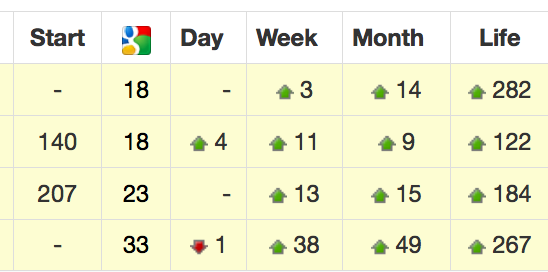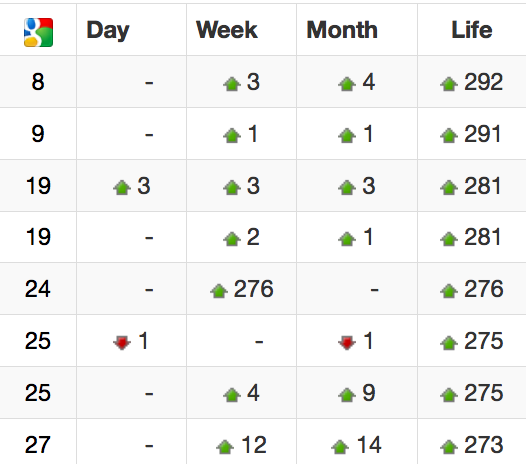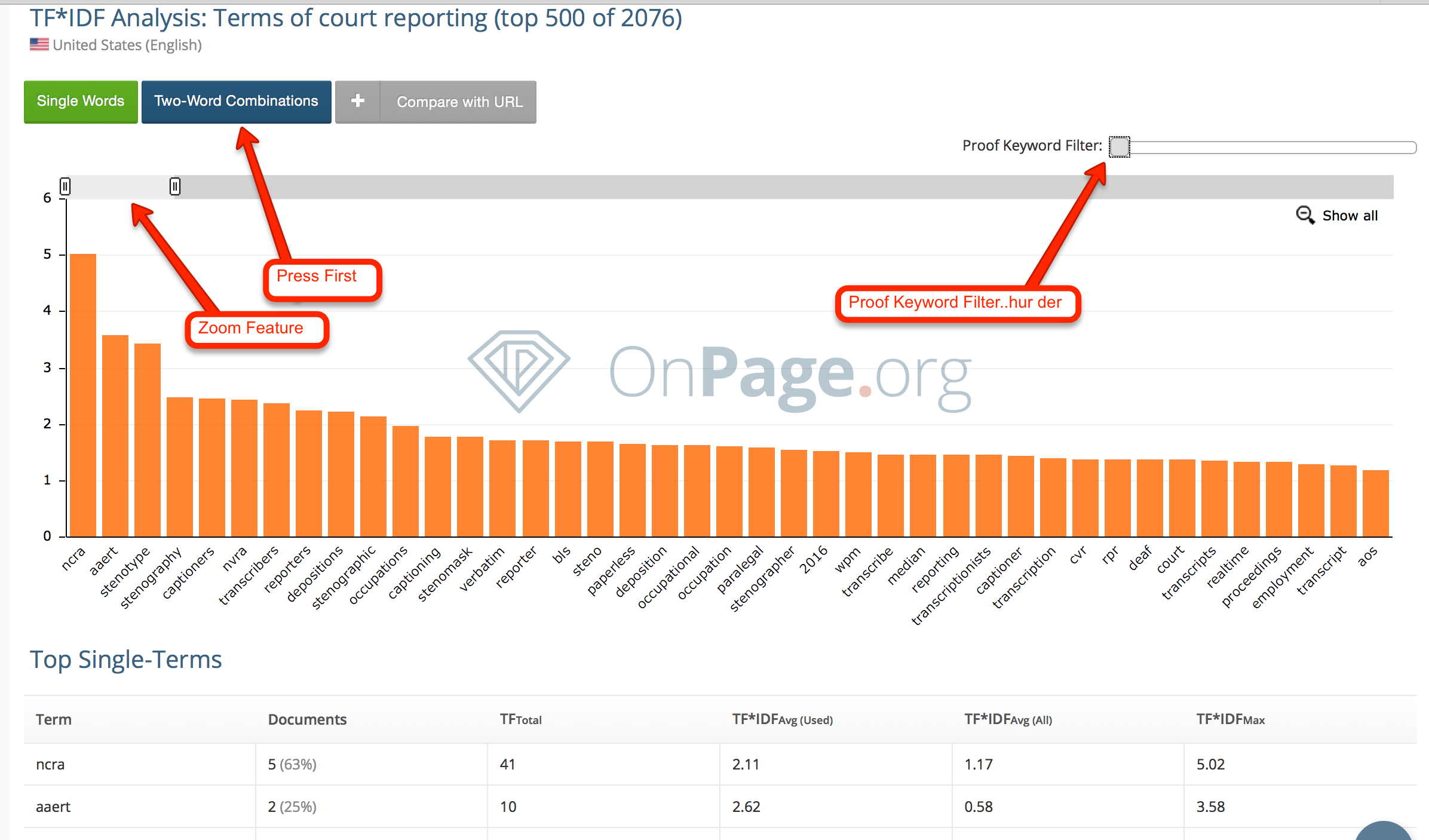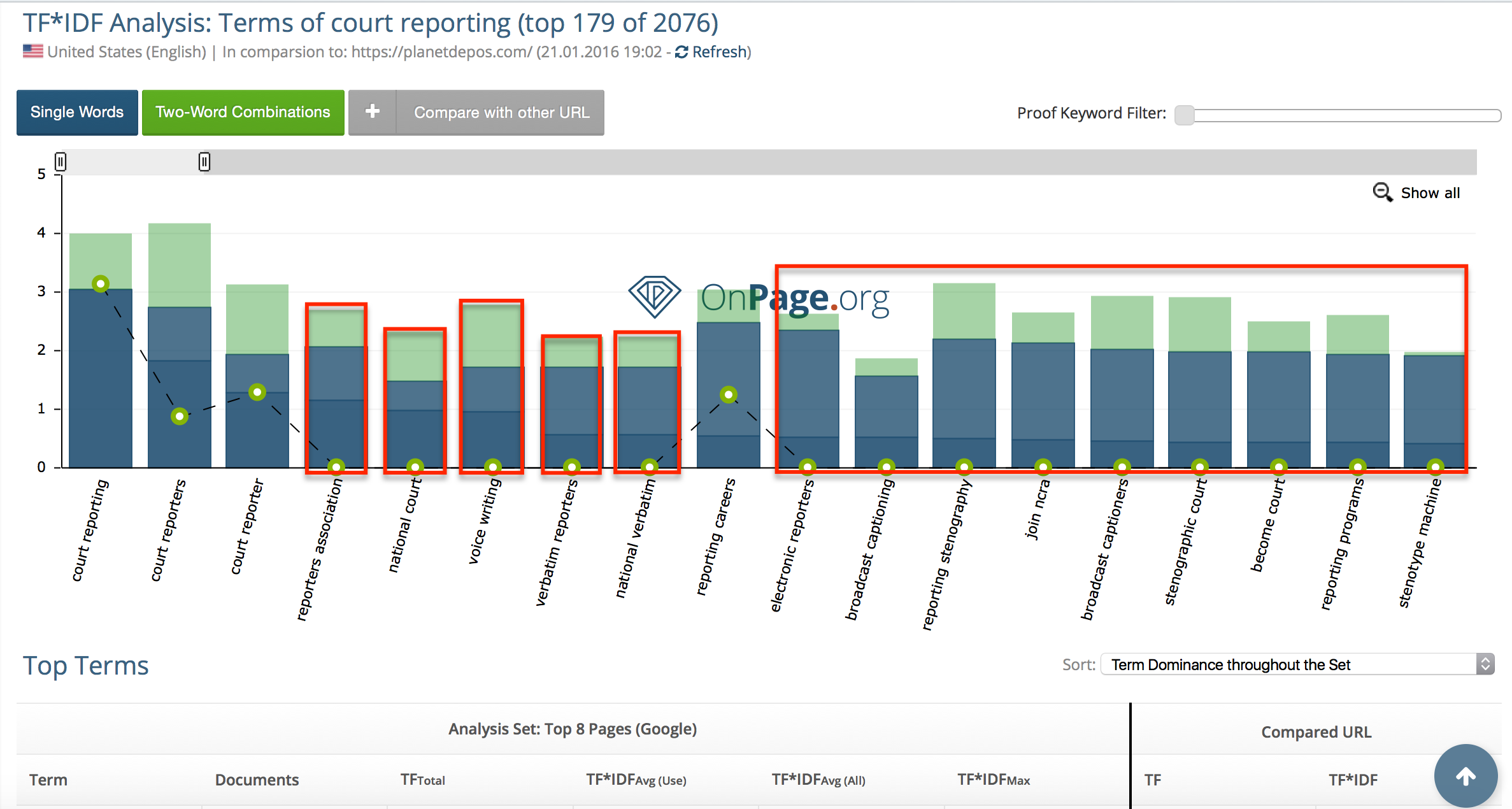**UPDATE 4/1 – See bottom of page for some testing results.
Welp, 2016 is upon us and it’s that time of year to do some personal inventory. How is your site ranking? Not good enough? Not at all? There’s probably a reason this is so. With constant changes to Google’s algorithm, it’s a full time job just keeping up. I know, Google is always messing with yo stuff…right? Let me show you a quick and easy way to make your website content better.
Have you heard of the TF*IDF algorithm (not to be mistaken with tl;dr)? I know, it sounds sexy..let me explain. The TF*IDF algorithm has been around for quite a while now. It’s complicated, but it’s the way Google looks at words and the frequency at which they are used. Think frequency, not keyword stuffing (got it BHW?). Basically put, it’s the way that Google measures quality and understands content. If your the type that likes to geek out, here’s more information about TL*IDF. Mad props to the guys over at goralewicz.com for the original article.
Now that I got that out of the way, let me show you a simple way to rank your pages better in the search engines (mostly Google..wink wink).
First, go to Onpage.org and get yourself an account.
It’s free for one account, but has limited capabilities. If you are a small business and only need one website, choose the €99.90 option (it’s around $108). If you are an agency or small SEO company, it’s another $20 (roughly) per additional account, or you can upgrade to their bigger plans.
1) Once you have created an account, add a project.
2) Next, enter your domain.
3) Choose the amount of pages you want to crawl. If you have a big website, obviously you want to crawl more pages.
4) Start the crawl. Give it a few minutes. You’ll be notified via email once the crawl is finished.
5) Click on TL*IDF
6) Enter your keyword
*Pro tip – I like to optimize my pages for 4-5 main keywords, so you can rinse and repeat this process with the same page multiple times.
7) After a few seconds you will be sent to the results page. You will want to click “Two-word combinations”. This will filter results and give you better keyword phrases for your page or article.
You have two other functions here. The Zoom Tool and the Proof Keyword Filter. The Zoom Tool allows you to zoom into the current keywords, and the Proof Keyword Filter allows you to filter only the top keywords. Try to stick with 10-20 keywords as a general rule of thumb.
8) After you click the Two-Word Combinations, it will look as so:
10) Next, you will want to click the “Compare with URL”. This will be the URL from your want to compare with the competition.
11) Next Click on “Detailed Results” in the left sidebar.
**Below you will see, the tool gives levels and TF*IDF scores. What I suggest it to try to stay right in the middle of the light blue areas.
12) Notice below, I have marked all of the keywords not within the content.
From here what I like to do is spread out the results a bit and make a list of the most relevant keywords I am missing within my content/article. I give that list to my writers, and have them incorporate them within the content. I’ll also try to incorporate them within the title tag, description tag, and alt tags as well.
Once the content is finished, I like to throw it into “Text Assistant”, to see if there are any additional keywords or phrases I may have missed.
Rinse and repeat until you feel your content matches that of the competition. If you follow these steps your page or article will be well on it’s way to ranking better. Remember, every little thing helps with SEO.
**UPDATE!!
Here is just one example of a page I fixed using this method. This is with zero link building and happen over a 30 day period:

Here is that same page 60 days later:

**These are highly competitive keywords in a specific SEO niche.
Here is another project I started 30 days ago. The only links I built to this site were local citations 6 months ago. I will update in 30 days.

Looking for a content audit? Contact us today to find out more.





















